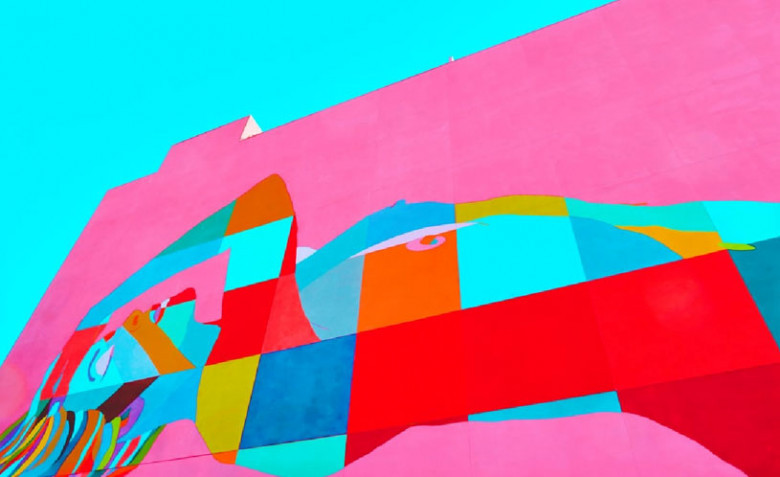views

Age doesn’t matter, even kids show this kind of behavior, albeit they being unaware of the consequences or even the significance of what they’re into.
Culturally, it is ingrained in our minds that people who are ‘like us’ are those with whom you get along well. Anything that is beyond this ‘like us’ is where we tend to be skeptical about. We attribute certain prejudices and stereotypes to certain sections of society and stick to it. Take for example the notion of a pop singer. The very word brings to our mind’s eye an image of a young, hip, stylish singer, with colored hair and trendy shiny clothes. I once had this image shattered when a very middle-aged woman, wearing a traditional Indian Kanjivaram saree with a big bindi (the red dot applied between the eyebrows) took to stage and crooned some of the most melodious pop hits. That was the famous singer Usha Uthup whom if you just listen to without knowing how she’d come across, you’d probably mistake her for the above description.
That is exactly what unconscious bias is all about, your mind makes its own notions and forms images of people in particular scenarios. So when you say scientist, you look for someone who’s mature, with graying hair and a calm demeanor. When you encounter a scientist who is a twenty something wearing a tee and tight jeans, your mind will be shocked.
Our minds also form biases in several other scenarios:
- Gender roles: When you say homemaker, you always think of a woman. There are men who are choosing to be homemakers while the wife works.
- Skin color: A lot of prejudice is still seen when it comes to skin color. A white is considered ‘pretty’ and ‘beautiful’ not realizing that blacks and Hispanics and East Asians are beautiful in their own right too.
- Physical ability: The idea that those who face physical disability would not be able to perform certain kinds of jobs. These biases have been challenged by those who drive, work on computers, teach, play sports and have normal lives of their own despite their disability.
- Cultural background: In certain parts of the world, people coming from specific cultural backgrounds are looked down upon, doubted for their abilities or even their honesty or patriotism and are generally overlooked when it comes to hiring in sensitive roles.
How does our brain form these biases?
Most of the biases that humans harbor find roots in their childhood experiences. The way we repeatedly see others being treated is the way our minds find it to be true. Moreover, human minds find shortcuts when it cannot find deep information regarding something. It fills the gaps and connects the dots with its own stories which then becomes hardened beliefs. The experiences we have with people around us in our childhood and growing years, all that behavior you saw with your teachers, parents, neighbors, friends and family, gets ingrained in a child’s mind. Read more...













